Table of Contents
- Introduction: Precision Planting & Rise of Data-Driven Yields
- Key Trivia: The Power of Smart Planting
- Technological Foundations of Precision Planting
- Top 7 Tech Hacks for Precision Planting
- Tech Hack Impact Analysis Table
- Farmonaut: Affordable, Scalable Precision Crop Management Solutions
- Key Benefits of Precision Planting
- Facing the Challenges of Implementation
- Future Trends in Precision Planting
- Frequently Asked Questions (FAQ)
- Farmonaut Subscription Plans
- Conclusion: The Future Is Precision
Precision Planting: 7 Shocking Tech Hacks for Yields
Focus Keyword: Precision planting | Theme: Technology & Innovation | Word Count: 3500+
In modern agriculture, precision planting stands as a transformative approach that leverages advanced agriculture technologies, powerful data analytics, and real-time GPS planting systems to take crop yields, resource efficiency, and sustainability to unprecedented levels. With the unique integration of sensors, analytics, drones, and autonomous machines, we are now able to optimize every aspect of seed placement, depth, and spacing, tailoring decisions to the specific conditions of each field.
“Precision planting with GPS analytics can increase crop yields by up to 20% compared to traditional methods.”
Let us embark on an in-depth exploration of how precision planting, through a fusion of hardware, software, and data-driven decisions, is rewriting the rulebook for every forward-thinking farm.
Technological Foundations of Precision Planting
At the core of precision planting are a set of breakthrough technologies that have propelled modern agriculture into the digital age. These technologies empower farmers not only to visualize and understand their fields more thoroughly, but to take action with surgical accuracy — placing every seed with purpose.
1. GPS Guidance & Planting Systems
The Global Positioning System (GPS) underpins accurate mapping and navigation during planting. GPS planting systems ensure precise seed placement, eliminate unnecessary overlaps or gaps, and enable optimized row spacing. This precision is vital in large-scale fields, supporting both manual and autonomous planters, and is foundational for variable rate technology in farming.
2. Variable Rate Technology (VRT)
Variable rate technology (VRT) enables real-time adjustment of seed rates and input application based on localized soil fertility, moisture, and nutrient levels. As field conditions change, so do the settings, maximizing resource efficiency and uniform crop growth. Learn more about VRT in precision planting.
3. Sensors & Remote Sensing in Agriculture
From on-ground soil sensors to remote satellite and drone-based imaging, sensors help us continuously monitor moisture, temperature, nutrient levels, and crop health. Advanced remote sensing in agriculture translates into precise field-by-field analytics that inform every planting or management decision.
4. Data Analytics Platforms
Modern farm data analytics platforms combine information from multiple sources—equipment, sensors, drones, weather—to offer actionable insights. These help in tailoring strategies, tracking trends, forecasting yields, and maximizing input usage and profitability.
5. Autonomous Tractors & Planters
The era of autonomous tractors and planters is here. Equipped with GPS, sensors, and AI, these machines carry out planting with unparalleled accuracy, freeing human operators for higher-level decisions, enhancing efficiency, and reducing operational costs.
6. AI and Machine Learning Integration
AI-powered tools analyze large datasets, recognize patterns, and recommend optimal planting strategies. This advanced integration turns our farms into self-learning systems that continuously improve yields and efficiency.
7. Blockchain-Backed Traceability & Carbon Tracking
With blockchain-based traceability and carbon footprinting, we can ensure every farm operation, from planting to harvest, aligns with transparent, sustainable farming practices and traceable supply chains.
Top 7 Shocking Tech Hacks for Precision Planting Yields
Let’s delve into the seven most surprise-packed precision planting tech hacks—each harnessing advanced agriculture technologies to boost yields, resource efficiency, and farm profitability.
1. Ultra-Precise GPS Planting Systems
- What Is It? GPS-enabled planters use satellite navigation for centimeter-level precision in placing seeds, eliminating overlaps and gaps.
- How It Works: Field boundaries and variable rate zones are digitally mapped; machines auto-adjust for accurate row spacing, depth, and placement.
- Results: Uniform emergence, increased yields, and major input savings.
2. Variable Rate Technology in Farming (VRT)
- What Is It? On-the-go adjustment of seed and input rates based on real-time soil and environmental data.
- How It Works: Monitors soil moisture, fertility, and nutrient levels via sensors; system optimizes seed and fertilizer usage as required per zone.
- Results: >10% resource savings, more uniform stands, promoting healthy plant growth.
3. Sensors and Remote Sensing in Agriculture
- What Is It? Combines in-field sensors (measuring moisture, temperature, nutrients) with satellite and drone imagery.
- How It Works: Sensors record granular conditions; remote sensing assesses field variability, crop vigor, and health in real-time.
- Results: Enables tailored seeding decisions, targeted interventions, and monitoring of plant emergence/uniformity.
4. Autonomous Tractors and Planters
- What Is It? Autonomous machines are equipped with GPS, sensors, and computer vision, reducing labor and executing accurate planting around the clock.
- How It Works: Guided by AI, these tractors/planters self-navigate, avoiding obstacles, maintaining correct depth, and optimizing seed placement.
- Results: Lower labor costs, improved consistency, and higher efficiency—especially on larger fields.
5. Drone Seeding & Advanced Analytics
- What Is It? Drones equipped with seeding devices and multispectral cameras monitor, assess, and even plant seeds in targeted field areas.
- How It Works: Drones map variability, identify problem spots, and distribute seeds with automation; farm data analytics platforms streamline the process.
- Results: Ideal for specialty crops, reforestation, or areas with difficult access.
6. AI-Driven Precision Crop Management & Decision Support
- What Is It? Powerful AI algorithms analyze sensor, equipment, and historical data to generate field-specific recommendations.
- How It Works: AI identifies trends in moisture, temperature, nutrient cycles, pest pressure, and more—automatically suggesting optimal planting rates and input applications.
- Results: Greater accuracy in decision-making and yield predictions, reducing guesswork.
7. Blockchain & Carbon Footprinting for Sustainable Planting
- What Is It? Blockchain-based traceability and carbon tracking solutions document every input and practice, strengthening transparency and environmental compliance.
- How It Works: Trace every seed’s journey or calculate greenhouse gas reductions from precision applications using Farmonaut’s Carbon Footprinting tools.
- Results: Higher market value, better regulatory compliance, and consumer trust in sustainable products.
“Advanced seed placement tech reduces seed waste by nearly 15%, maximizing resource efficiency on modern farms.”
Tech Hack Impact Analysis: Comparative Table
Farmonaut: Affordable, Scalable Precision Crop Management Solutions
We at Farmonaut are passionate about making precision planting affordable and accessible to every farmer, across every field and region. Our mission is to deliver advanced, data-driven solutions—integrating:
- Satellite-Based Crop Health Monitoring: Real-time NDVI, soil moisture, and vegetation analytics inform optimal planting and input management.
- Jeevn AI Advisory System: Custom AI-driven recommendations, weather, and crop management strategies for each field.
- Blockchain Traceability: Supply chain integrity from farm to market, improving transparency and building trust.
- Fleet & Resource Management: Streamline logistics, fleet management, and vehicle usage, reducing operational costs.
- Carbon Footprinting: Track and minimize carbon emissions for regulatory compliance and market advantage.
- API Access: Seamless API integration for developers—Farmonaut API and API Developer Docs.
Curious how these tools work in real farming practice? Explore our easy-to-use apps for web, Android, and iOS above!
Key Benefits of Implementing Precision Planting
- Increased Crop Yields: Meticulous precision seed placement ensures uniform crop emergence, improved access to sunlight, nutrients, and higher yields overall.
- Resource Efficiency: Tailoring seed rates and input applications to field variability results in reduced waste, lower input costs, and increased profitability.
- Improved Crop Uniformity & Quality: Consistent planting allows for easier management, harvesting, and storage, often commanding higher market prices.
- Environmental Stewardship: By minimizing fertilizers, pesticides, and water through smarter application, we promote sustainable farming practices and reduce the environmental footprint.
- Data-Driven Input Management: Real-time farm analytics enables timely interventions and adaptive strategies tailored to specific field conditions.
Facing the Challenges: Essential Considerations for Precision Planting
While the benefits are profound, it is important to address the main challenges or barriers that farmers may encounter:
- Initial Investment: Adoption of advanced technologies—GPS, sensors, AI, IoT, large-scale farm management solutions—can be a significant upfront cost.
- Technical Expertise: Proficiency in digital tools and data management is required. Platforms such as Farmonaut are designed to bridge this gap by simplifying analytics and offering robust support.
- Data Management: Handling and interpreting large sets of field data demands robust software and training.
Solutions like Farmonaut lower these barriers by providing a subscription-based, cloud-accessible package, eliminating the need for costly on-premise hardware.
Future Trends in Precision Planting & Smart Farm Technologies
- Integration of AI & Machine Learning: Continued advances in AI will automate more complex decision making, from planting strategies to predictive maintenance and pest management.
- Drones & Advanced Remote Sensing: UAVs and satellites, collecting high-res spectral data, will power even finer-tuned planting and management strategies.
- Farmer-Friendly Analytics Platforms: Modern platforms like Farmonaut (Crop, Plantation & Forest Advisory App) democratize access to precision crop management, with mobile-first design and simple dashboards.
- API-Driven Solutions: Expandable via APIs for seamless integration with existing equipment, weather stations, and third-party software.
- Blockchain-Enabled Traceability: End-to-end tracking of every farm input and output, as seen in Farmonaut’s traceability solutions, will boost product integrity and strengthen market relationships.
Frequently Asked Questions (FAQ) about Precision Planting
What is precision planting?
How does GPS improve planting accuracy?
Why are sensors and remote sensing important in modern agriculture?
What does variable rate technology in farming do?
How does Farmonaut help with sustainable farm management?
Farmonaut Subscription Plans
Conclusion: The Future Is Precision, Data, and Sustainability
The rise of precision planting—powered by GPS planting systems, variable rate technology, sensors, autonomous equipment, and advanced analytics—is opening an exciting frontier for modern agriculture. With every seed and input tailored to real-time field data, we unlock higher yields, reduce our environmental footprint, and offer farmers the tools to succeed sustainably and profitably.
We encourage everyone in the agricultural ecosystem to embrace these innovations. With trusted tools like Farmonaut—offering satellite-driven management, user-friendly apps, and robust advisory systems—precision planting is no longer the future; it is now within reach for every grower, large or small.
Ready to maximize your yields, cut your costs, and grow more sustainably? Download the Farmonaut app or access the platform via web, Android, or iOS—choose smarter precision today!


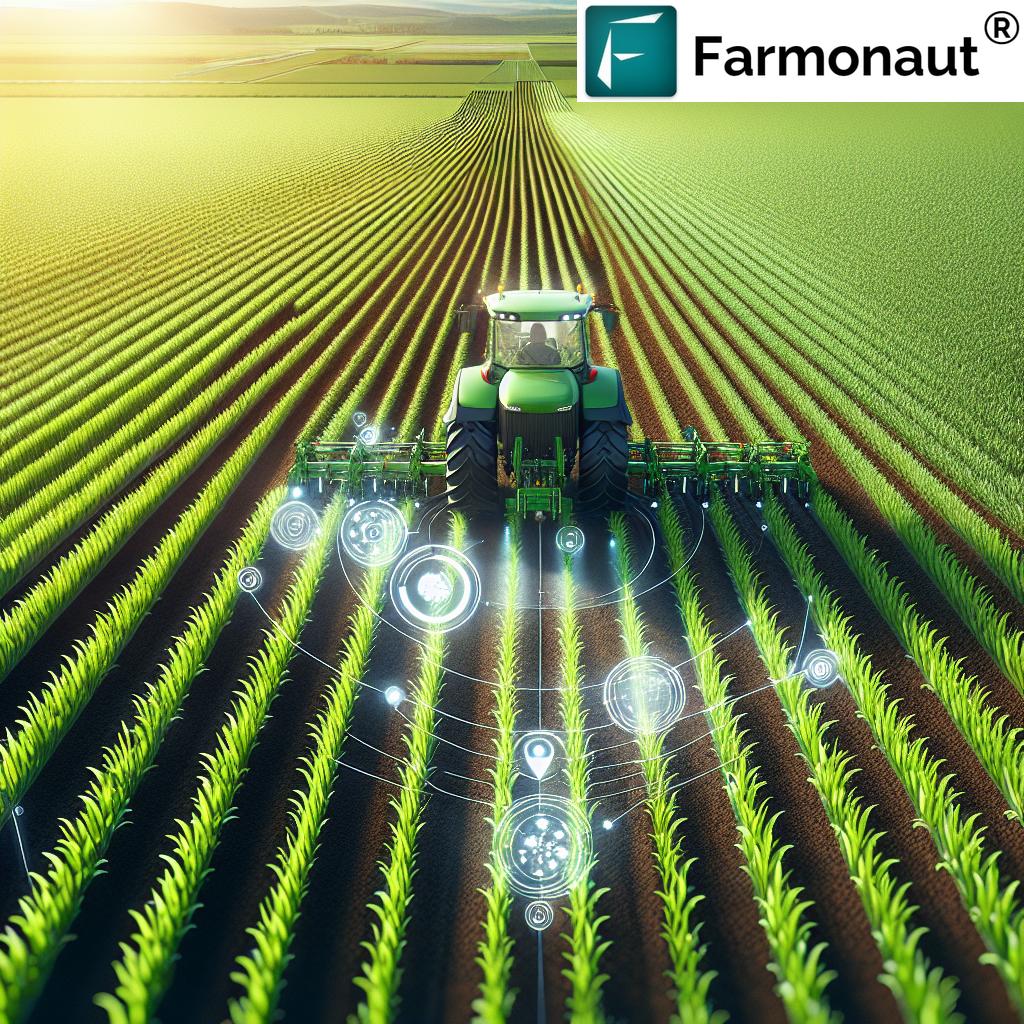



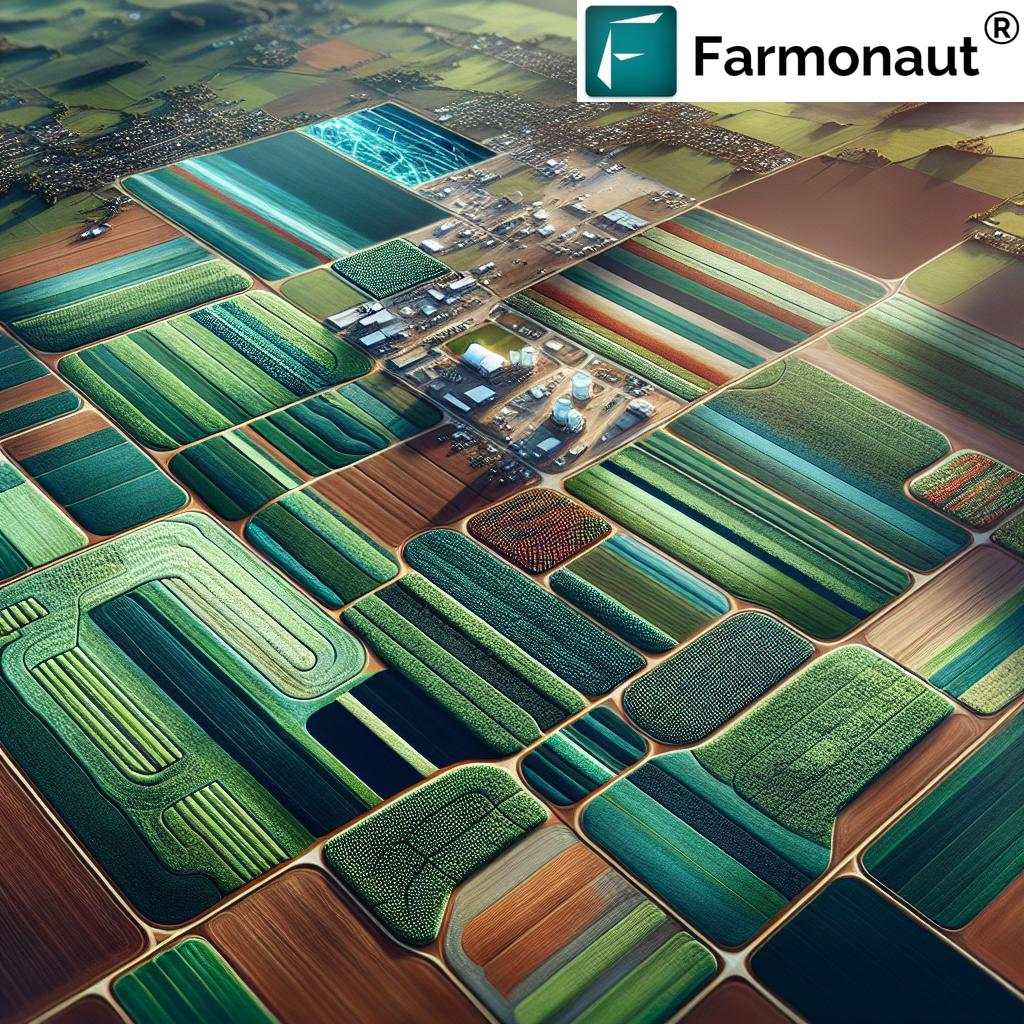
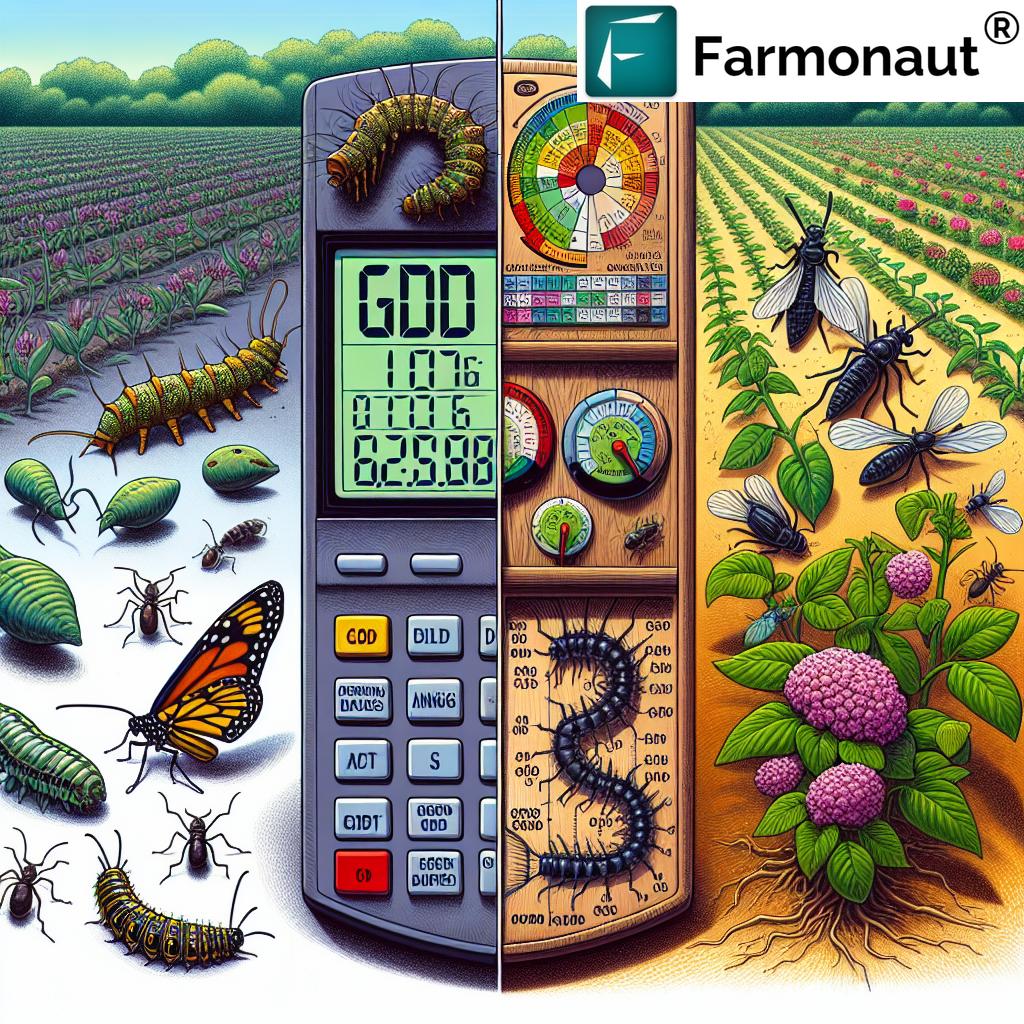
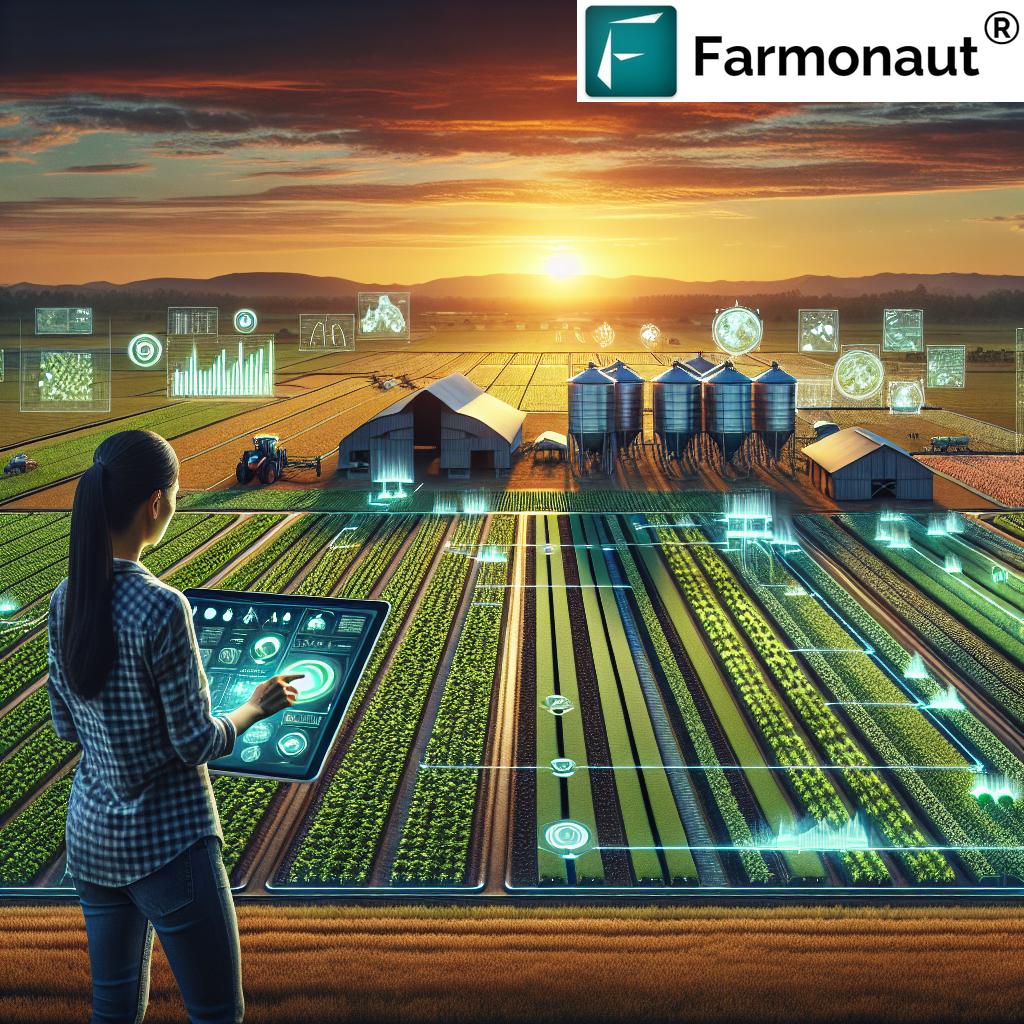

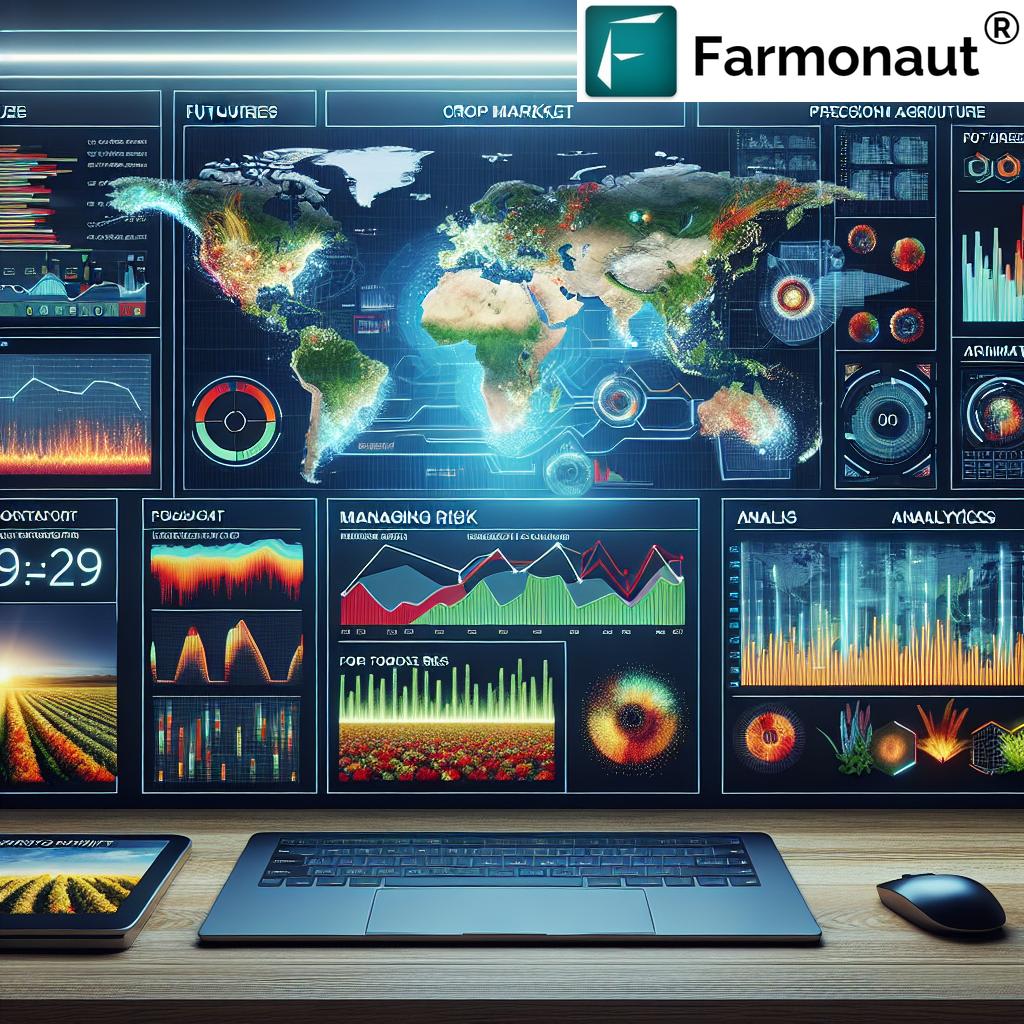

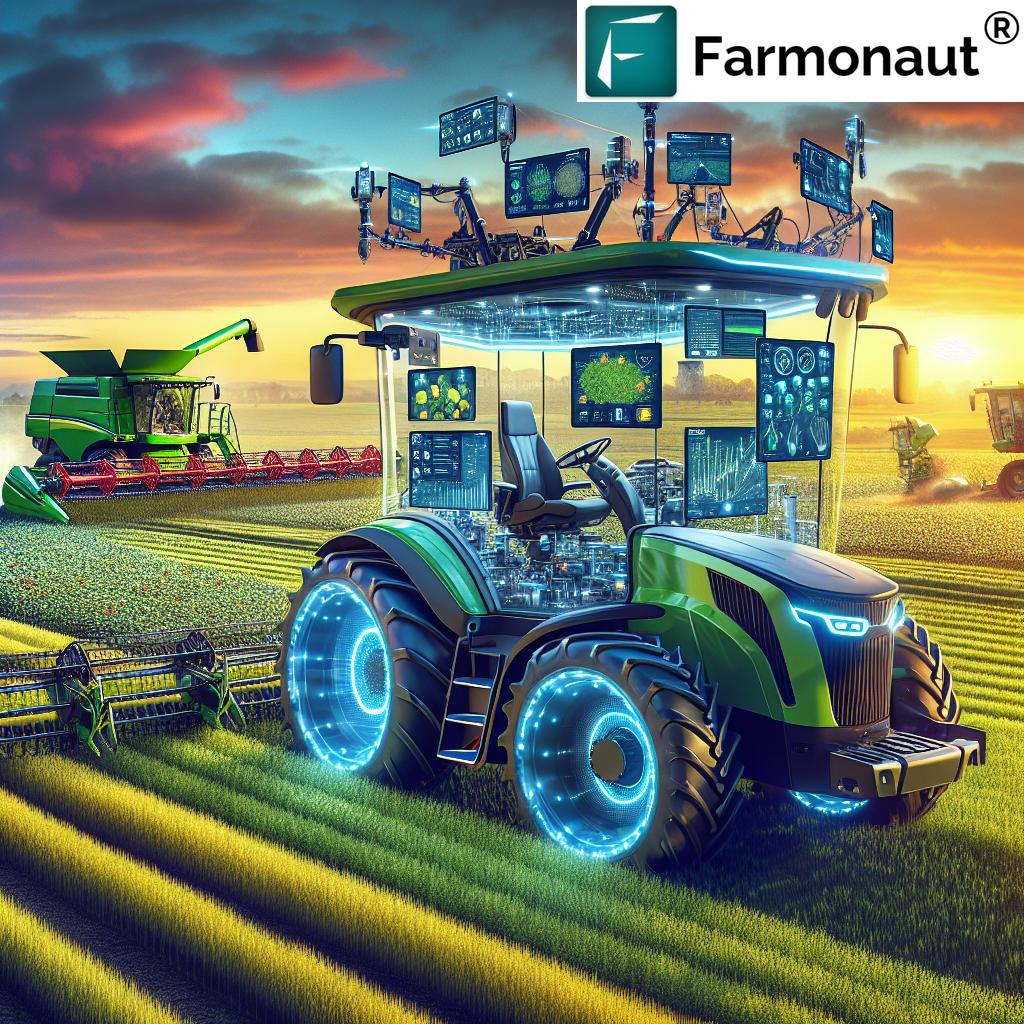
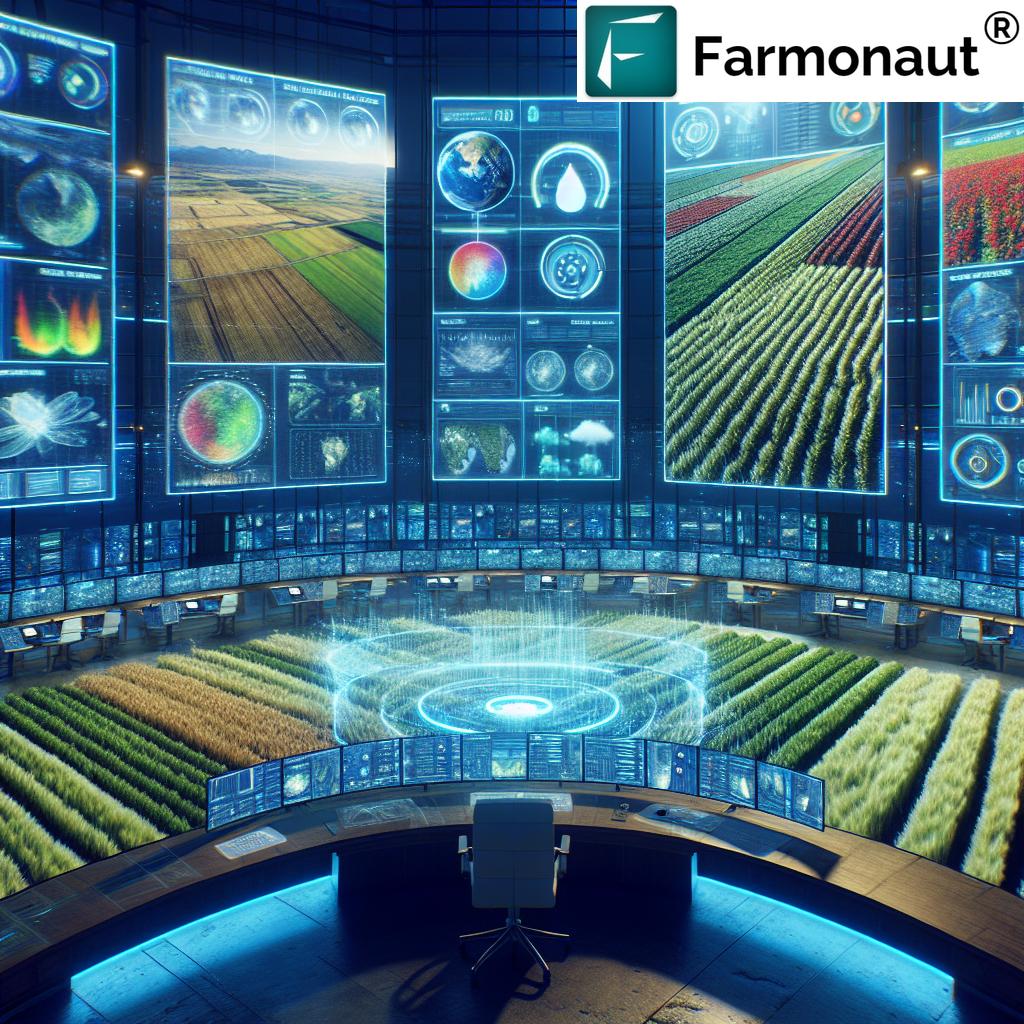

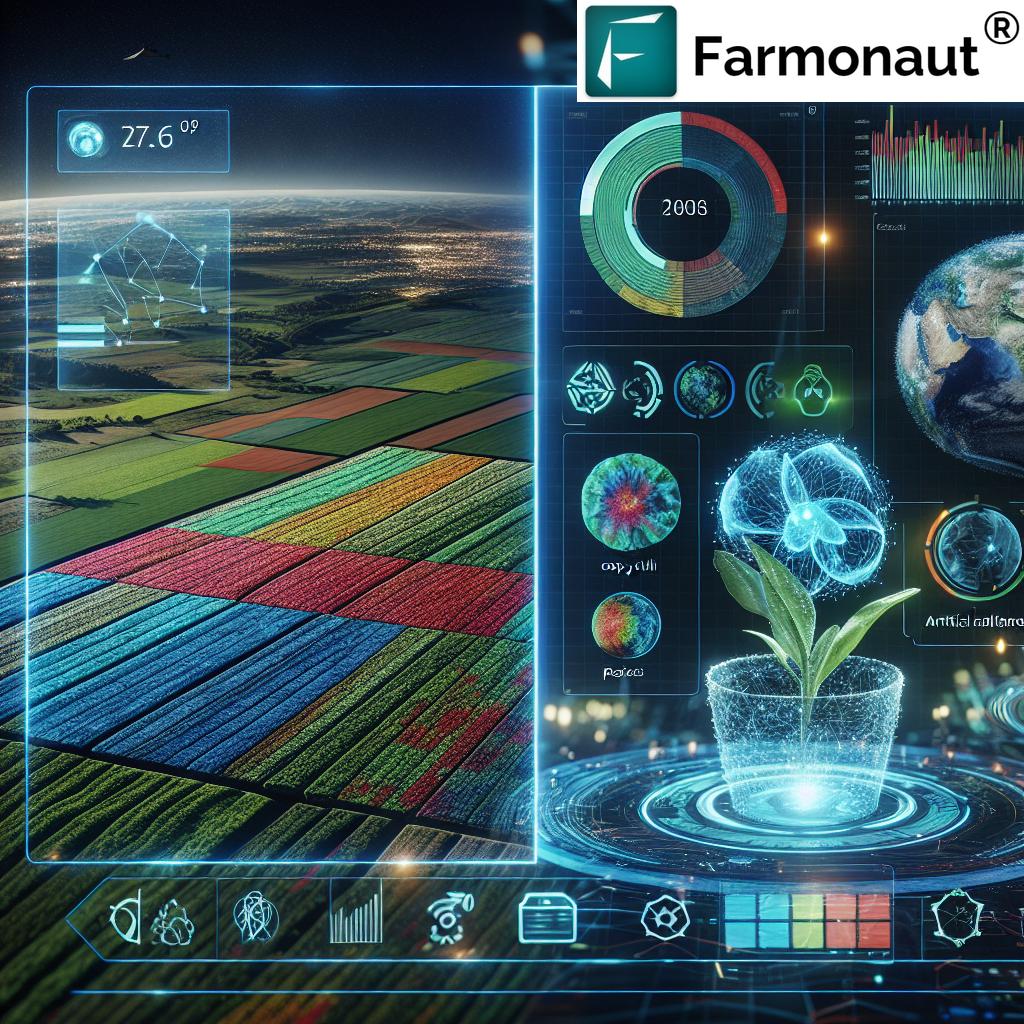
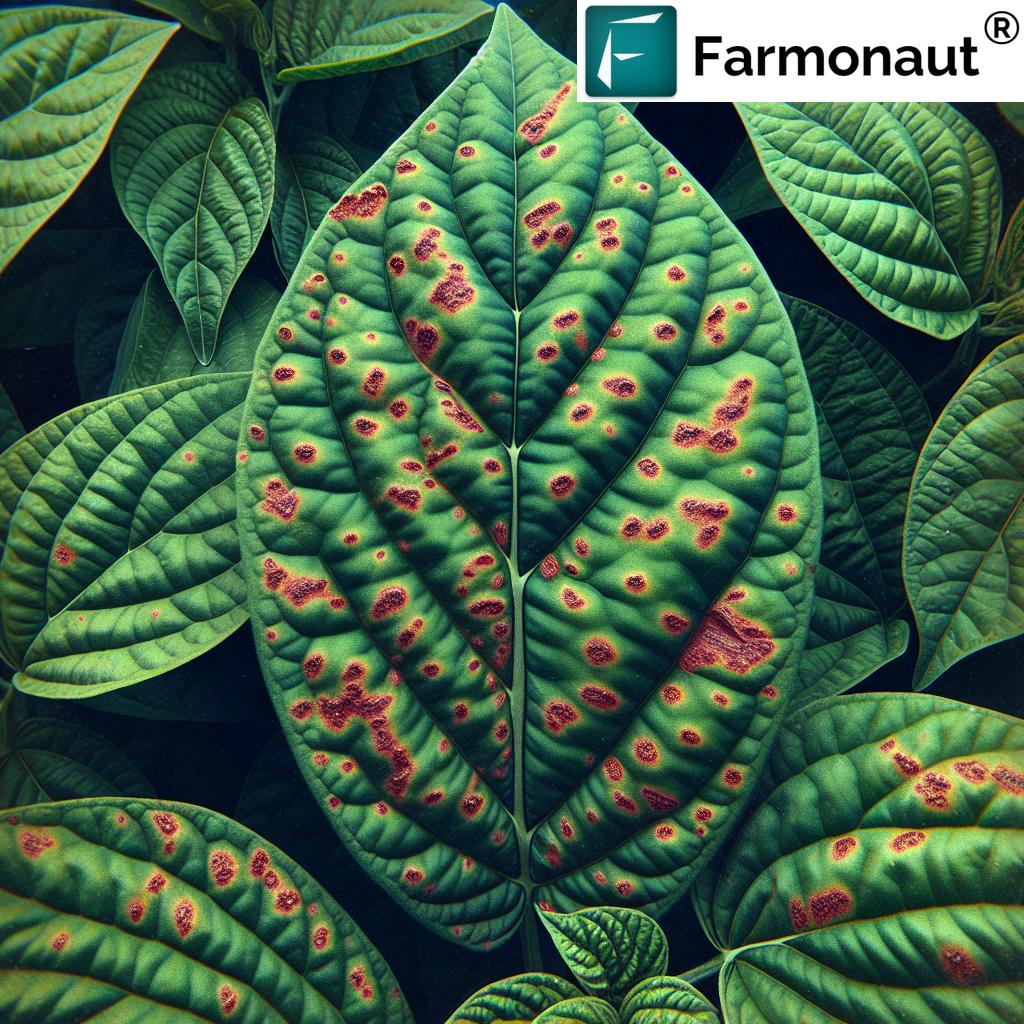
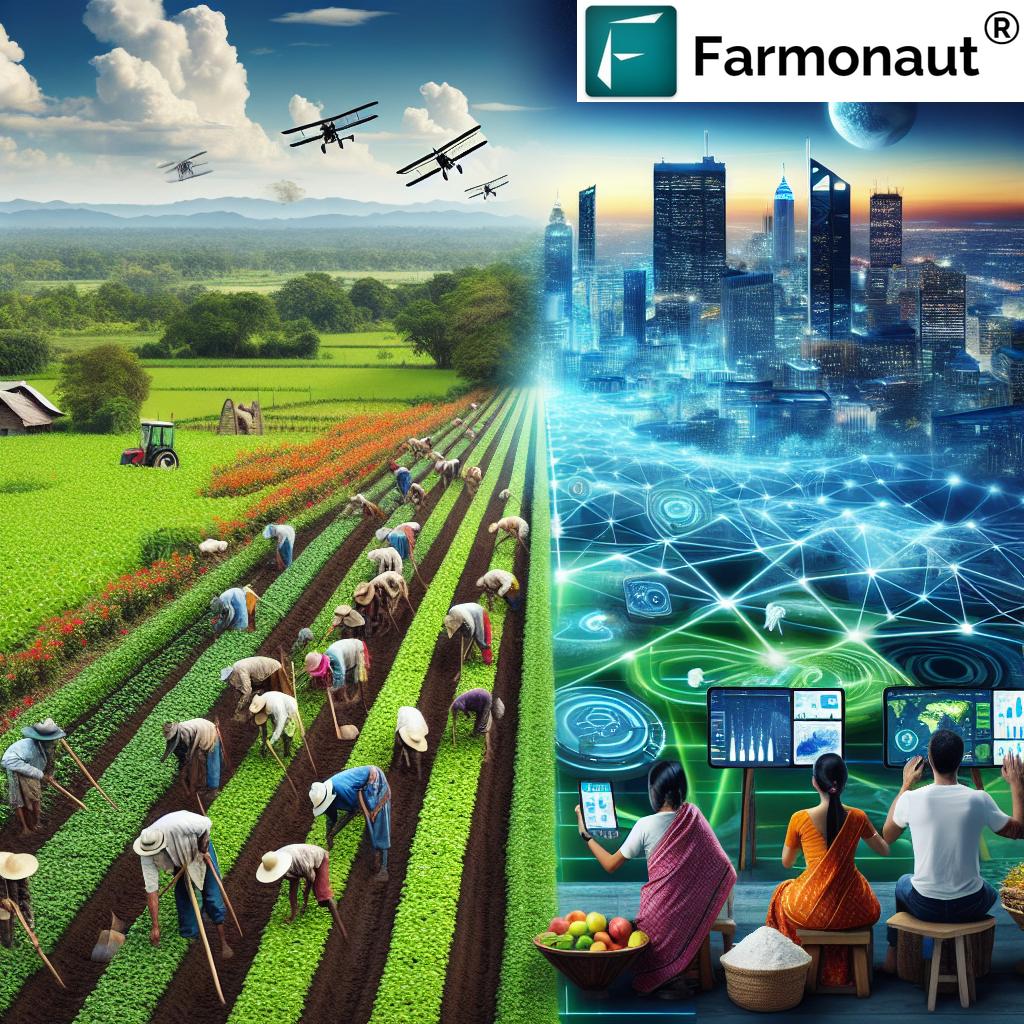
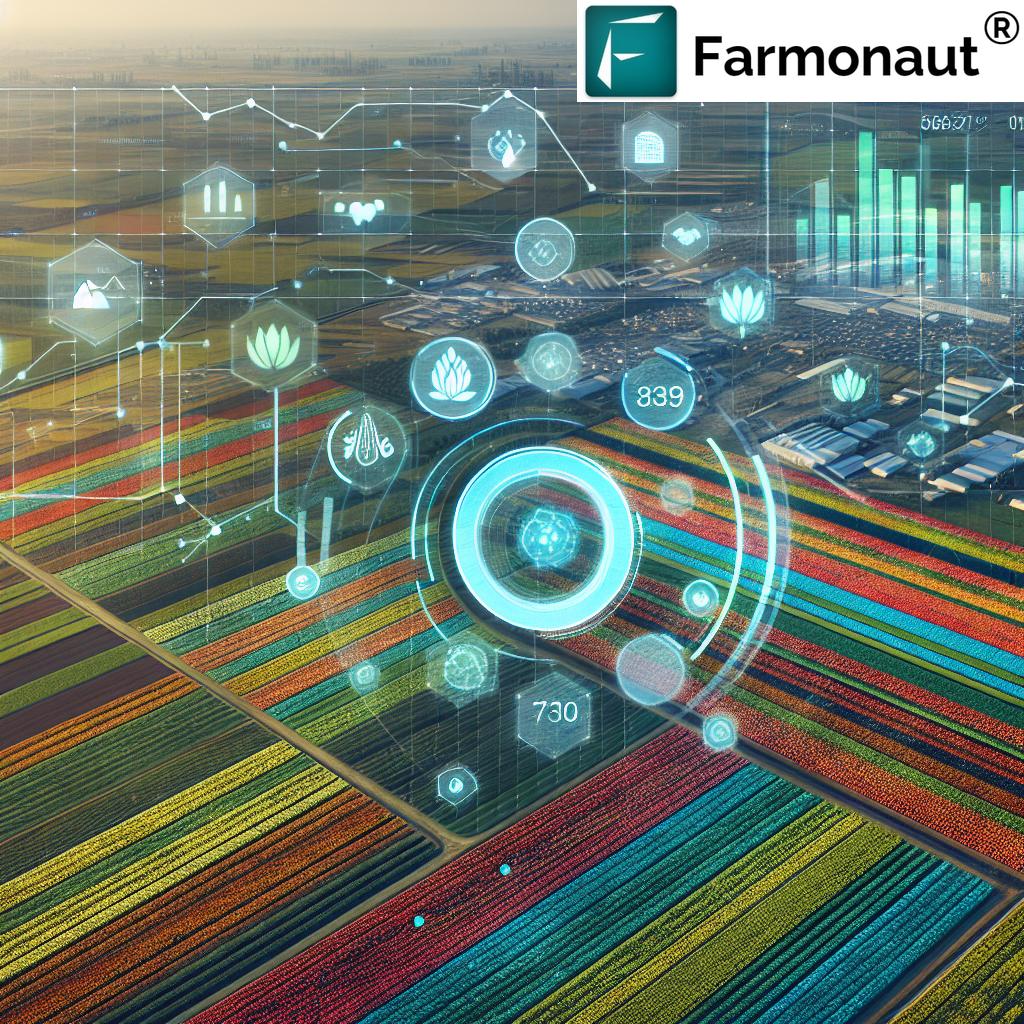
Your blog has become an indispensable resource for me. I’m always excited to see what new insights you have to offer. Thank you for consistently delivering top-notch content!